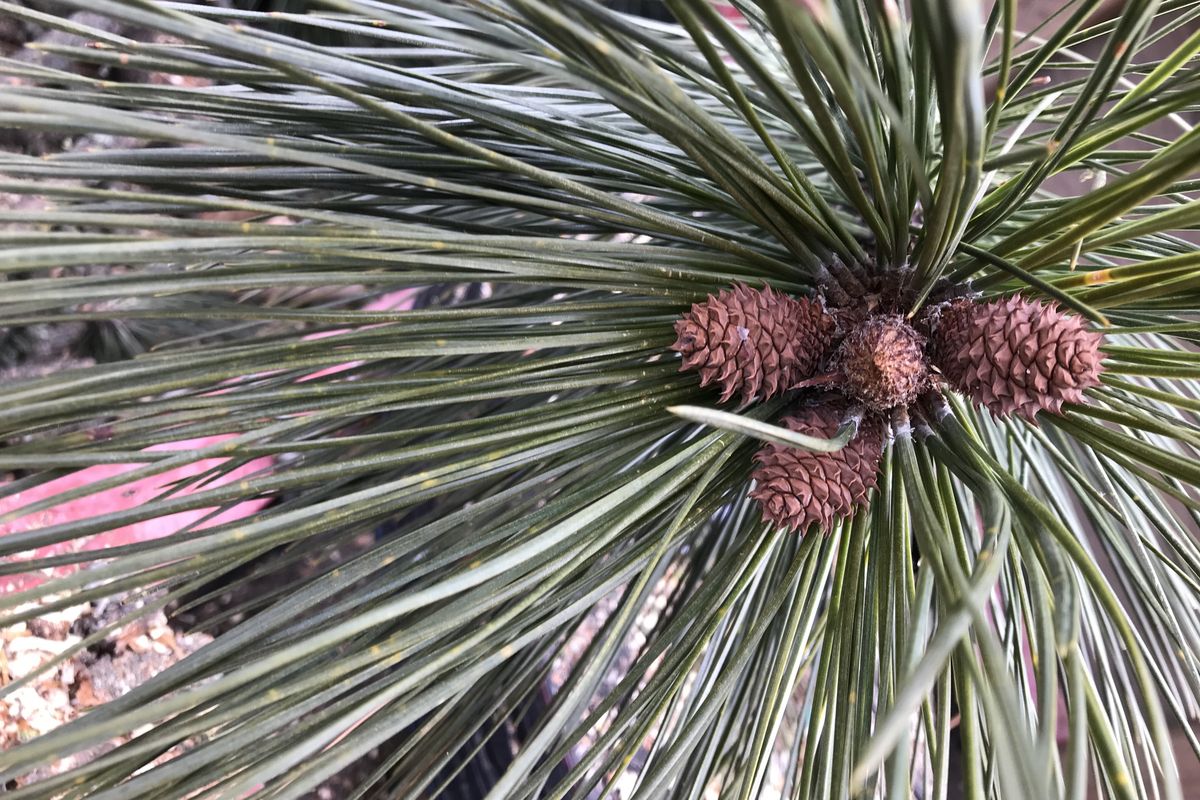Ask Dr. Universe: How do tiny seeds make huge trees?

Washington State University
Dr. Universe: How do tiny seeds make huge trees? – Robin, age 8
Dear Robin,
If you’ve ever eaten a handful of trail mix, you’ve likely eaten quite a few seeds from trees. Some nuts, like cashews and almonds, are also seeds that can give us energy when we hike or play.
Seeds actually store up their own energy in the form of something called starch, which is kind of like the food a seed needs to survive. The seed will use this stored-up energy to start growing into a tree.
My friend Soon Li Teh, a scientist at Washington State University who researches apple and pear trees, told me more about it.
When we water a seed, it triggers a process that allows the plant or tree to start germinating. Under the soil, the seed pops open, and little roots and leaves start to develop.
It is completely dark under the soil, but once the seed sprouts up through the top of the soil, it can start to sense light.
That’s really important because at this point, pretty much all the energy that was contained in that tiny seed has been used up in the growing process.
But now that the tree has leaves, it will be able to use those leaves to absorb sunlight and help make a new kind of energy.
“Sunlight, water and carbon dioxide combine together to give the trees resources to build its own food system,” Teh said.
The trees can use those ingredients to make something called carbohydrates, which they need to survive in the world. You also take in carbohydrates when you eat food. These important nutrients help power our bodies and help us grow.
For trees, this food system that makes carbohydrates helps the tree grow more leaves, fruit and a thicker trunk as well as grow taller.
At WSU, Teh and his team are asking big questions about pear trees. They are curious about ways to grow trees that produce lots of delicious fruit for farmers to harvest and for us to eat.
It turns out that researchers and farmers don’t always need a seed to grow a tree. They can actually take a branch or twig from a tree, called a scion, and connect it to another tree’s healthy root system.
Through this process, which is called grafting, a huge tree can start to grow from an individual branch. In fact, this is how farmers and researchers help grow a lot of the trees that produce apples and pears that end up in the supermarket.
Whether a tree starts out as a seed or scion, remember how its ability to make and use energy is really important for growing up big and strong.
Perhaps you can keep an eye out for seeds in nature or even at the dinner table. Maybe you’ll spot the helicopter-like seed pods of a maple tree, discover tiny seeds inside a pine cone or even find a few seeds in the food on your plate.
Sincerely,
Dr. Universe
Ask Dr. Universe is a project from Washington State University. Submit a question at askdruniverse.wsu.edu.